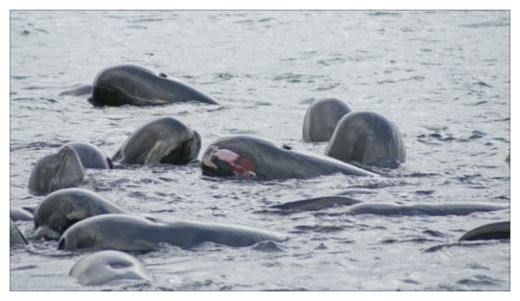
© BBCRescue team leader Alasdair Jack says some of the whales have serious head injuries.
Marine animal experts are preparing for a potential mass stranding by up to 100 pilot whales in South Uist in the Western Isles.
The whales were spotted in Loch Carnan on Thursday afternoon and about 20 were said to have had cuts to their heads.
It is thought the injuries may have been caused by the whales' attempts to strand themselves on the rocky foreshore of the sea loch.
Sick and injured whales are known to beach themselves to die.
However, at times, dying whales have been followed to shore by healthy animals.
Conservationists have also suggested the whales may have got lost, or entered the loch following prey.
Rescuers said inflatable pontoons for refloating whales were on the way.
The pod had been moving back and forth from the shore and rescuers said the animals were "very vocal", which may be a sign of distress.
The whales, a deep water species, have since moved from the loch back to a nearby bay, where they were seen earlier on Thursday.
Members of the British Divers Marine Life Rescue (BDMLR) fear the whales could die in a massive beaching - which could be Scotland's largest stranding.
BDMLR Scottish organiser Alasdair Jack said preventing the mammals from stranding would cause unnecessary suffering and the animals would only move on to another shoreline.
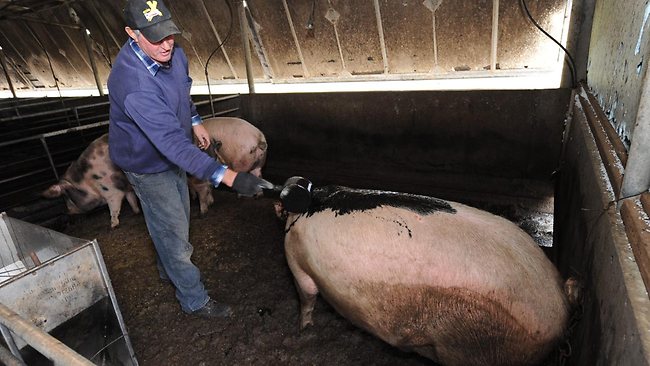
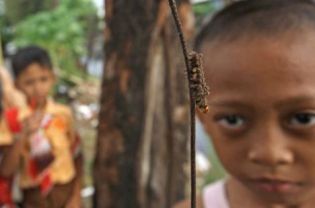
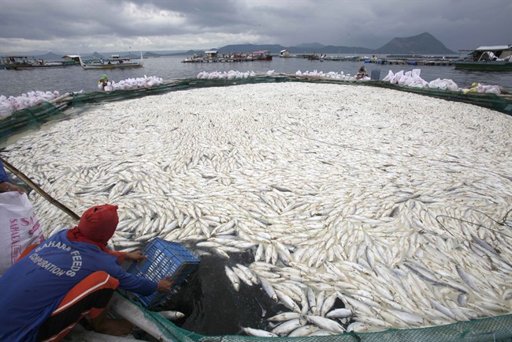
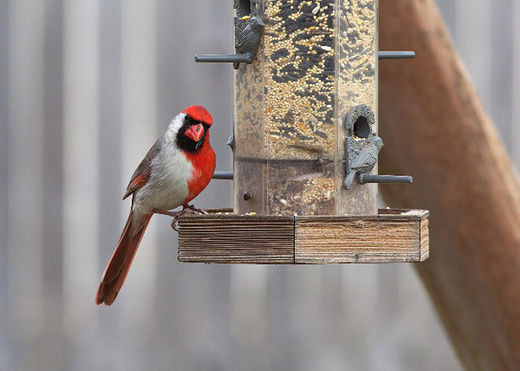
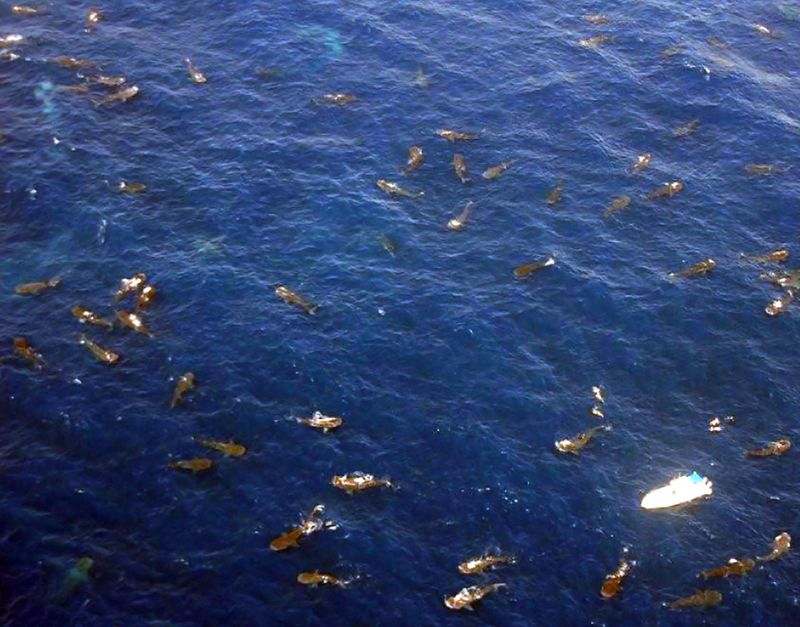

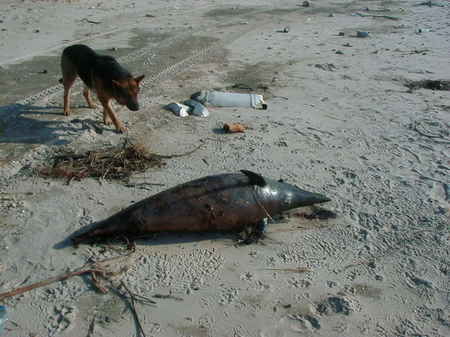

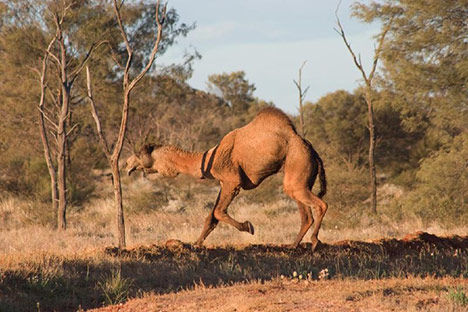



Comment: Scotland: Fear For Mass Stranding of Whales on South Uist